Growing Lettuce in Containers: Imagine stepping outside your door and harvesting fresh, crisp lettuce for your salad, sandwich, or even a quick snack. No more trips to the grocery store for wilted greens! For centuries, humans have cultivated lettuce, tracing its origins back to ancient Egypt where it was initially grown for its seeds and oil. Over time, the leafy vegetable we know and love emerged, becoming a staple in cuisines worldwide.
But let’s face it, not everyone has the space for a sprawling garden. That’s where the magic of container gardening comes in! I’m here to show you how incredibly easy it is to enjoy fresh, homegrown lettuce, even if you only have a small balcony, patio, or even a sunny windowsill. This DIY guide will walk you through everything you need to know about growing lettuce in containers, from choosing the right pot and soil to watering and harvesting your delicious bounty.
In today’s busy world, knowing exactly where your food comes from is more important than ever. Plus, there’s something incredibly satisfying about nurturing a plant from seed to table. So, ditch the store-bought lettuce and let’s get our hands dirty! I promise, with these simple tricks and hacks, you’ll be enjoying fresh, flavorful lettuce in no time. Let’s get started!
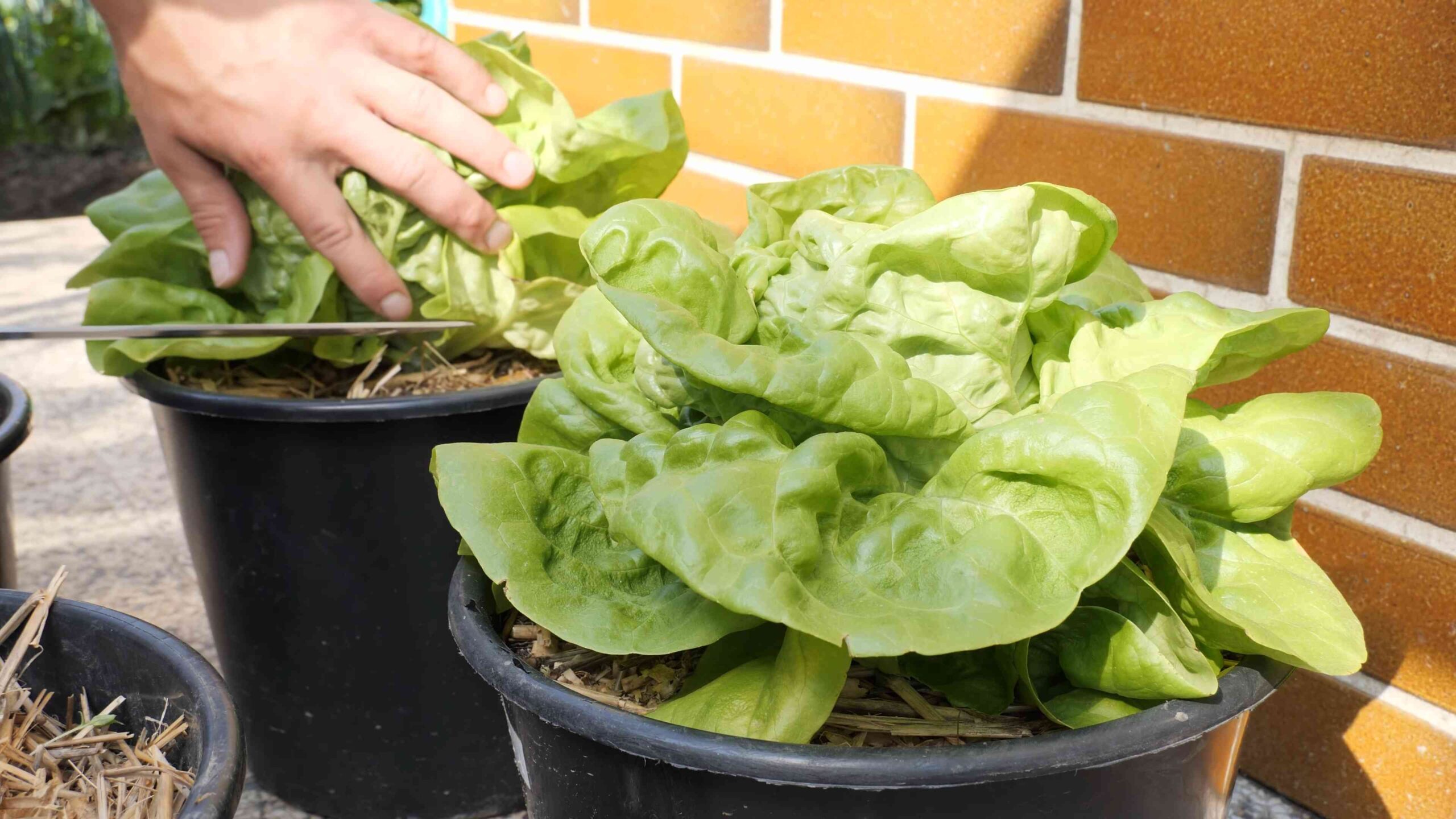
Growing Lettuce in Containers: A Beginner’s Guide
Hey there, fellow gardening enthusiasts! Want fresh, crisp lettuce right outside your door? Growing lettuce in containers is surprisingly easy and rewarding, even if you don’t have a sprawling backyard. I’ve been doing it for years, and I’m excited to share my secrets with you. Let’s dive in!
Why Grow Lettuce in Containers?
Before we get started, let’s talk about why container gardening is perfect for lettuce:
* Space-Saving: Ideal for balconies, patios, or small gardens.
* Control: You have complete control over the soil, watering, and sunlight.
* Pest Management: Easier to protect your lettuce from slugs, snails, and other pests.
* Convenience: Harvest fresh lettuce right outside your kitchen door.
* Extended Growing Season: You can move containers indoors or to sheltered locations to extend the growing season.
Choosing the Right Container and Soil
The foundation of any successful container garden is the right container and soil. Here’s what I recommend:
* Container Size:
* For loose-leaf lettuce varieties (like Black Seeded Simpson or Oakleaf), a container that’s at least 6 inches deep and wide is sufficient.
* For head lettuce varieties (like Romaine or Butterhead), choose a container that’s at least 12 inches deep and wide.
* I personally love using rectangular planters that are about 24 inches long, 8 inches wide, and 8 inches deep. They allow me to grow several lettuce plants in one container.
* Container Material:
* Terracotta pots are beautiful but can dry out quickly.
* Plastic pots are lightweight and retain moisture well.
* Fabric pots are breathable and promote healthy root growth.
* Whatever you choose, make sure it has drainage holes! Lettuce hates soggy roots.
* Soil:
* Don’t use garden soil! It’s too heavy and compacts easily in containers.
* Use a high-quality potting mix specifically designed for containers.
* I like to amend my potting mix with compost for added nutrients and drainage. A mix of 70% potting mix and 30% compost works great.
* Avoid mixes with added fertilizers, as they can sometimes burn young seedlings.
Selecting Your Lettuce Varieties
The fun part! There are so many delicious lettuce varieties to choose from. Here are a few of my favorites:
* Loose-Leaf Lettuce:
* Black Seeded Simpson: A classic, reliable variety with mild flavor.
* Oakleaf: Beautiful, oak-shaped leaves with a nutty flavor.
* Red Sails: Adds a pop of color with its reddish-bronze leaves.
* Romaine Lettuce:
* Paris Island Cos: A classic Romaine with crisp, upright leaves.
* Little Gem: A smaller, more compact Romaine variety.
* Butterhead Lettuce:
* Buttercrunch: A sweet, tender lettuce with a buttery texture.
* Tom Thumb: A small, round Butterhead lettuce that’s perfect for containers.
* Mesclun Mix:
* A blend of different lettuce varieties and other greens, like arugula and spinach. It’s a great way to get a variety of flavors and textures in one container.
Planting Your Lettuce
Now, let’s get our hands dirty! You can start lettuce from seed or purchase seedlings from a local nursery. I’ve done both, and both work well.
Starting from Seed:
1. Sow Seeds Indoors (Optional): You can start lettuce seeds indoors 4-6 weeks before the last expected frost. This gives you a head start on the growing season.
* Fill seed trays or small pots with seed-starting mix.
* Sow seeds about ¼ inch deep.
* Keep the soil moist but not soggy.
* Provide plenty of light (a grow light works best).
* Once the seedlings have a few true leaves, you can transplant them into your containers.
2. Direct Sow Seeds: You can also sow lettuce seeds directly into your containers. This is a simpler method, but you may need to thin the seedlings later.
* Fill your container with potting mix.
* Moisten the soil thoroughly.
* Sow seeds about ¼ inch deep, spacing them about 1 inch apart.
* Gently cover the seeds with soil.
* Water gently.
3. Germination: Lettuce seeds germinate best in cool temperatures (60-70°F). Keep the soil consistently moist. Germination usually takes 7-14 days.
4. Thinning: Once the seedlings are a few inches tall, thin them to the desired spacing. For loose-leaf lettuce, space plants about 4-6 inches apart. For head lettuce, space plants about 8-12 inches apart. Don’t just pull out the unwanted seedlings! Gently snip them off at the soil line to avoid disturbing the roots of the remaining plants.
Planting Seedlings:
1. Prepare the Container: Fill your container with potting mix.
2. Dig Holes: Dig holes that are slightly larger than the root balls of the seedlings.
3. Plant Seedlings: Gently remove the seedlings from their pots and place them in the holes.
4. Backfill: Backfill the holes with potting mix, gently firming the soil around the plants.
5. Water: Water thoroughly.
Caring for Your Lettuce
Lettuce is relatively easy to care for, but here are a few tips to keep your plants happy and healthy:
* Sunlight: Lettuce needs at least 4-6 hours of sunlight per day. In hot climates, provide some afternoon shade to prevent the leaves from wilting.
* Watering: Water regularly, especially during hot, dry weather. Keep the soil consistently moist, but avoid overwatering. Soggy soil can lead to root rot. I usually water my lettuce every other day, but I check the soil moisture first. If the top inch of soil is dry, it’s time to water.
* Fertilizing: Lettuce is a light feeder, so you don’t need to fertilize it heavily. However, a light feeding of a balanced liquid fertilizer every few weeks can help promote healthy growth. I like to use a fish emulsion fertilizer diluted to half strength.
* Pest Control: Keep an eye out for pests like aphids, slugs, and snails.
* Aphids can be washed off with a strong stream of water.
* Slugs and snails can be handpicked or trapped with beer traps.
* You can also use insecticidal soap or neem oil to control pests.
* Weeding: Keep your containers free of weeds. Weeds compete with lettuce for nutrients and water.
* Bolting: Bolting is when lettuce plants send up a flower stalk and the leaves become bitter. This usually happens in hot weather. To prevent bolting, provide shade during the hottest part of the day and harvest your lettuce regularly.
Harvesting Your Lettuce
The best part! You can start harvesting lettuce as soon as the leaves are big enough to eat.
* Loose-Leaf Lettuce: Harvest individual leaves as needed. Simply snip off the outer leaves, leaving the inner leaves to continue growing. This is called “cut-and-come-again” harvesting.
* Head Lettuce: Harvest the entire head when it’s firm and well-formed. Cut the head off at the base of the plant.
* Harvesting Time: Harvest lettuce in the morning, when the leaves are crisp and cool.
* Storage: Store lettuce in the refrigerator in a plastic bag or container. It will stay fresh for several days.
Troubleshooting
Even with the best care, you might encounter a few problems. Here are some common issues and how to fix them:
* Yellowing Leaves: Could be caused by overwatering, underwatering, or nutrient deficiencies. Check the soil moisture and adjust your watering accordingly. Fertilize with a balanced fertilizer.
* Wilting Leaves: Could be caused by heat stress or underwatering. Provide shade during the hottest part of the day and water more frequently.
* Bitter Leaves: Usually caused by bolting. Harvest your lettuce regularly and provide shade during hot weather.
* Pest Infestations: Treat pests with insecticidal soap, neem oil, or other appropriate methods.
Extending Your Lettuce Season
Want to enjoy fresh lettuce all year round? Here are a few tips:
* Succession Planting: Sow new lettuce seeds every few weeks to ensure a continuous harvest.
* Cold Frames: Use a cold frame to protect your lettuce from frost and extend the growing season into the fall
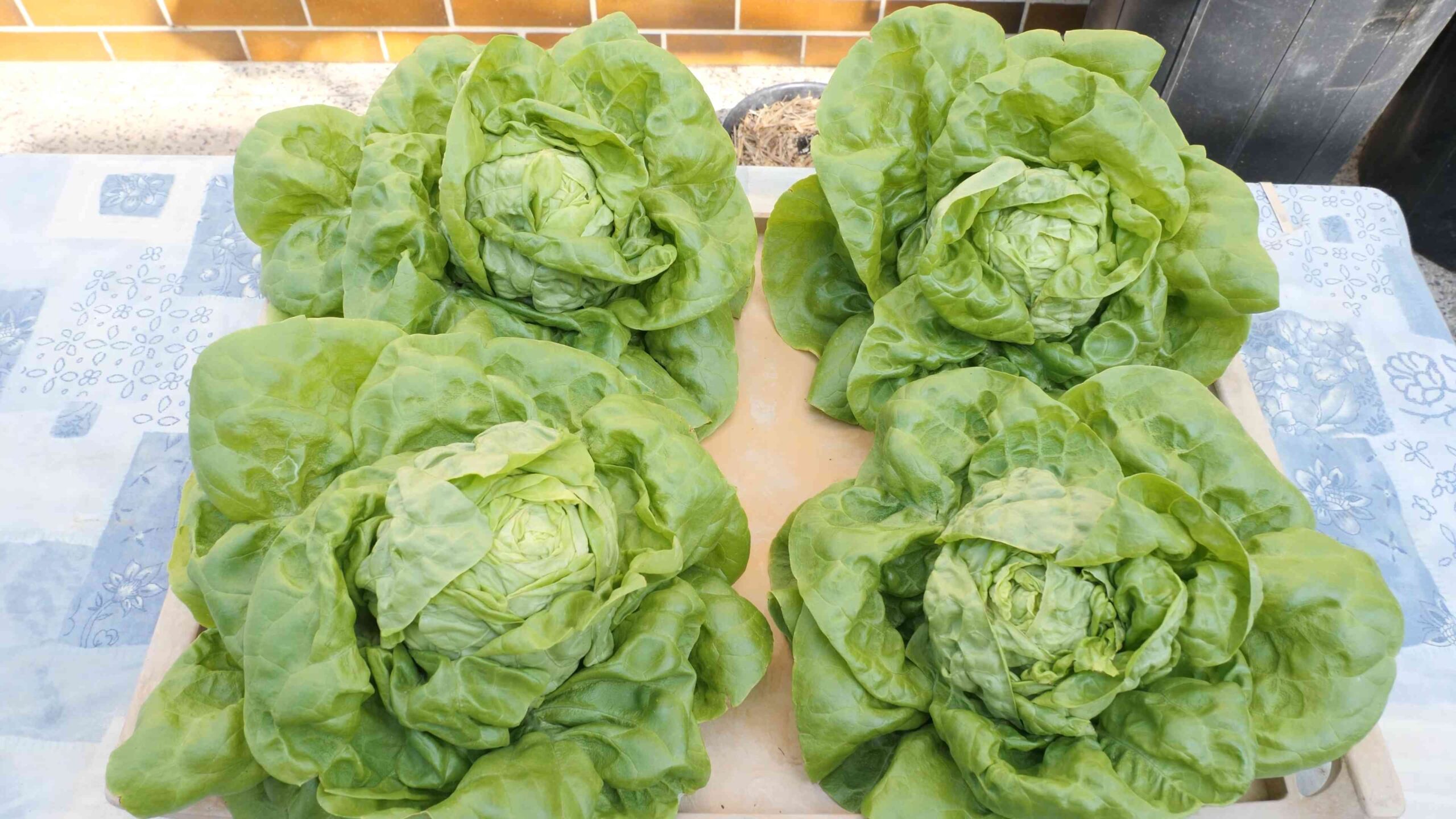
Conclusion
So, there you have it! Growing lettuce in containers is not only achievable, but it’s also incredibly rewarding. From the crisp, fresh taste of homegrown greens to the sheer convenience of having salad ingredients right outside your door, the benefits are undeniable. This DIY trick transforms even the smallest spaces into productive gardens, offering a sustainable and cost-effective way to enjoy healthy, delicious lettuce.
Why is this a must-try? Because it democratizes gardening. You don’t need acres of land or years of experience to cultivate your own food. Container gardening, especially with lettuce, is accessible to everyone, regardless of their living situation or gardening expertise. It’s a fantastic way to connect with nature, reduce your carbon footprint, and enjoy the unparalleled flavor of freshly picked produce. Plus, it’s a fun and engaging activity for the whole family!
But don’t stop there! Experiment with different varieties of lettuce. Try a mix of loose-leaf varieties like Black Seeded Simpson or Red Sails for continuous harvesting. Or, opt for head lettuce like Romaine or Butterhead for a more substantial salad base. You can also companion plant your lettuce with herbs like basil or chives to deter pests and enhance flavor. Consider adding some colorful edible flowers like pansies or nasturtiums for a visually appealing and delicious addition to your container garden.
Another variation to consider is succession planting. Sow new seeds every few weeks to ensure a continuous supply of lettuce throughout the growing season. This is especially important in warmer climates where lettuce tends to bolt (go to seed) in the heat. By staggering your plantings, you can enjoy fresh lettuce for months on end.
Don’t be afraid to get creative with your container choices, too. While standard pots work perfectly well, you can also repurpose old buckets, baskets, or even grow bags. Just make sure your container has adequate drainage to prevent waterlogging.
We wholeheartedly encourage you to try this DIY trick for growing lettuce in containers. It’s a simple, satisfying, and sustainable way to enjoy fresh, healthy greens. And most importantly, it’s a lot of fun!
Once you’ve given it a try, we’d love to hear about your experience. Share your photos, tips, and tricks in the comments below. Let’s build a community of container gardeners and inspire others to grow their own food. What varieties did you try? What challenges did you face? What successes did you celebrate? Your insights can help others on their gardening journey. So, grab some seeds, some soil, and a container, and get growing! You’ll be amazed at how easy and rewarding it is to grow your own delicious lettuce. Let’s all embrace the joy of homegrown goodness!
Frequently Asked Questions (FAQ)
What kind of container is best for growing lettuce?
The best container for growing lettuce is one that is at least 6 inches deep and wide. This provides enough space for the roots to develop properly. The container should also have drainage holes to prevent waterlogging, which can lead to root rot. You can use plastic pots, terracotta pots, grow bags, or even repurposed containers like buckets or baskets. Just make sure the container is clean and free of any harmful chemicals. The material of the container doesn’t matter as much as the size and drainage capabilities.
What type of soil should I use for container lettuce?
Lettuce thrives in well-draining, nutrient-rich soil. A good quality potting mix is ideal for container gardening. Avoid using garden soil, as it can be too heavy and compact in containers, hindering drainage and root growth. You can also amend your potting mix with compost or other organic matter to improve its fertility and water retention. A slightly acidic to neutral pH (around 6.0 to 7.0) is optimal for lettuce growth.
How much sunlight does lettuce need in a container?
Lettuce needs at least 4-6 hours of sunlight per day to grow well. However, in hotter climates, it can benefit from some afternoon shade to prevent bolting. Place your container in a location that receives morning sun and afternoon shade, or use a shade cloth to protect the lettuce from intense sunlight. If you don’t have enough natural light, you can supplement with grow lights.
How often should I water my container lettuce?
Lettuce needs consistent moisture to thrive. Water your container lettuce regularly, especially during hot and dry weather. Check the soil moisture by sticking your finger about an inch into the soil. If it feels dry, it’s time to water. Water deeply until water drains out of the drainage holes. Avoid overwatering, as this can lead to root rot. Mulching around the base of the lettuce plants can help retain moisture in the soil.
How do I harvest lettuce from a container?
The harvesting method depends on the type of lettuce you’re growing. For loose-leaf lettuce, you can harvest individual leaves as needed, starting with the outer leaves. This allows the plant to continue producing new leaves. For head lettuce, wait until the head is firm and well-formed before harvesting. Cut the head at the base of the plant. You can also harvest baby lettuce by cutting the leaves when they are young and tender.
What are some common pests and diseases that affect container lettuce?
Common pests that affect container lettuce include aphids, slugs, snails, and cutworms. You can control these pests by handpicking them off the plants, using insecticidal soap, or applying diatomaceous earth. Common diseases include downy mildew and powdery mildew. Prevent these diseases by providing good air circulation, avoiding overwatering, and using disease-resistant varieties.
Can I grow lettuce in containers indoors?
Yes, you can grow lettuce in containers indoors, but you’ll need to provide adequate light. Place your container near a sunny window that receives at least 6 hours of sunlight per day, or use grow lights to supplement the natural light. You’ll also need to ensure good air circulation and maintain a consistent temperature.
How do I prevent lettuce from bolting in containers?
Bolting is when lettuce plants prematurely go to seed, which can make the leaves bitter. To prevent bolting, choose heat-resistant varieties, provide afternoon shade, water regularly, and harvest frequently. Succession planting can also help ensure a continuous supply of lettuce throughout the growing season.
Can I reuse the soil from my container lettuce?
Yes, you can reuse the soil from your container lettuce, but it’s important to replenish the nutrients. Amend the soil with compost or other organic matter before replanting. You may also want to sterilize the soil to kill any potential pests or diseases.
What are some good companion plants for lettuce in containers?
Good companion plants for lettuce in containers include herbs like basil, chives, and mint, as well as vegetables like radishes and carrots. These plants can help deter pests, improve soil health, and enhance the flavor of your lettuce. Avoid planting lettuce near plants that compete for nutrients or attract pests, such as fennel or garlic.
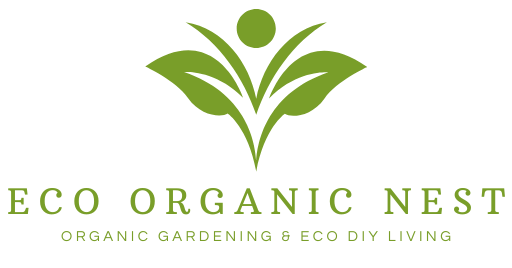
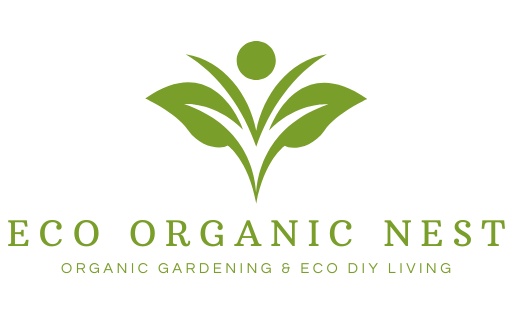
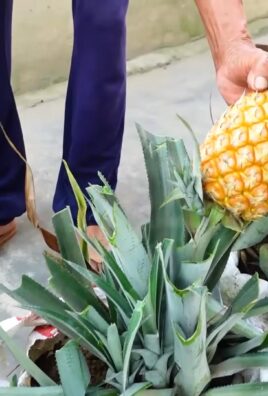
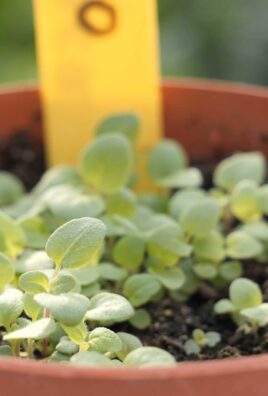
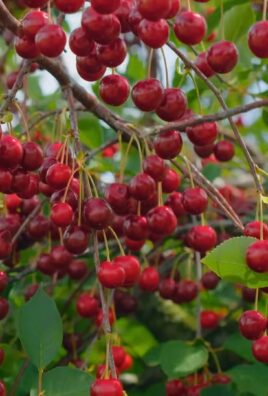
Leave a Comment